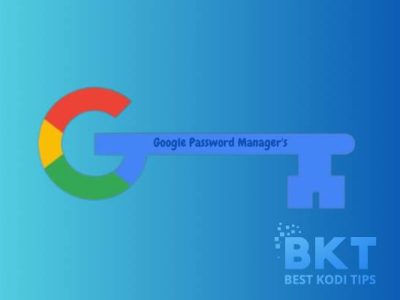The primary objective of any chief information security officer (CISO) is to create and execute a cybersecurity program that protects an organization’s data, employees, customers and more. Yet, gone are the days when a cybersecurity program merely consisted of a few passwords on sensitive files. Because cybersecurity programs are so increasingly complex, CISOs need a handful of tools to maintain security across their organization. The top three must-have tools for successfully maintaining a cybersecurity program include:
Custom Dashboard
A CISO’s primary role within an organization is to develop a strong, effective cybersecurity strategy. However, their ability to fulfil this role relies entirely on their ability to see and understand the current and emerging threats to their business and data. CISOs need tools that will make it easier to report on the status and progress of ongoing cybersecurity strategy — in short, CISOs need a custom dashboard that provides visibility and monitoring across cybersecurity programs and initiatives.
Security dashboards typically use a variety of widgets to summarize the entire risk management program in an intuitive and visually appealing way. Information presented through a dashboard might include the current status of an organization’s threat landscape or cyber risks to distinct business units measured through specific risk indicators. Charts, graphs, trend lines and timeseries analyses are common on dashboards, as they communicate useful information quickly to make CISO security easier to achieve.
CISO’s can build their custom security dashboards using the expertise of their in-house IT and security teams, or they can access dashboards through the security solutions they procure from providers. A CISO should experiment with their dashboard to find the best setup for their critical-thinking and decision-making processes.
Risk Heatmaps
Another handy visual tool that easily communicates a large amount of important information, a heatmap, is a graphical representation of data where types and input values are depicted using colour. In cybersecurity, heatmaps can demonstrate the significance of different risks. Risk heatmaps are created by evaluating a company’s existing network, asset inventory, threat landscape and more. CISOs with risk heatmaps available to them gain access to an instant overview of the company’s security posture, allowing them to make informed decisions for the betterment of their organization.
However, it is important to note that risk heatmaps are not foolproof. As with all infographics, heatmaps are only as reliable as the data used. This tool can quickly become outdated as an organization’s assets and network shift and threats evolve. Thus, CISOs need to be diligent about ordering new risk heatmaps regularly. This task should be assigned to trusted cybersecurity experts within the in-house IT team.
Natural Language Search
Every business should organize its digital data in databases, but databases are not always the most intuitive tools for finding and accessing information. Thus, enterprises utilize search tools to make databases much more functional — but search tools are only as good as the technologies used to organize and identify information. Search engines have used various types of algorithms to categorize data through the years, and at present, the best option by far is natural language search.
Natural language search allows queries phrased in everyday language instead of the strange strings of words and symbols required by previous search algorithms. Thanks to natural language search, finding relevant information in a database can be much more instinctive for every user level. Moreover, natural language search integrates well with virtual assistant programs, a boon for busy CISOs.
CISOs need to take advantage of databases to organize security-related information, such as lists of enterprise assets susceptible to certain threats and lists of servers and the expiration dates of their certificates. Accessing accurate security information rapidly is essential to making quick decisions that can save a company from significant damage before and during an attack. Thus, CISOs need to implement natural language search functionality into databases concerning security inventory, posture and risk. Then, CISOs and other authorized users can streamline their querying, saving time and boosting security.
To achieve effective enterprise security, CISOs need to string together all manner of hardware and software solutions — but to maintain control over their entire security strategy, CISOs need only the three tools listed above.















Comments